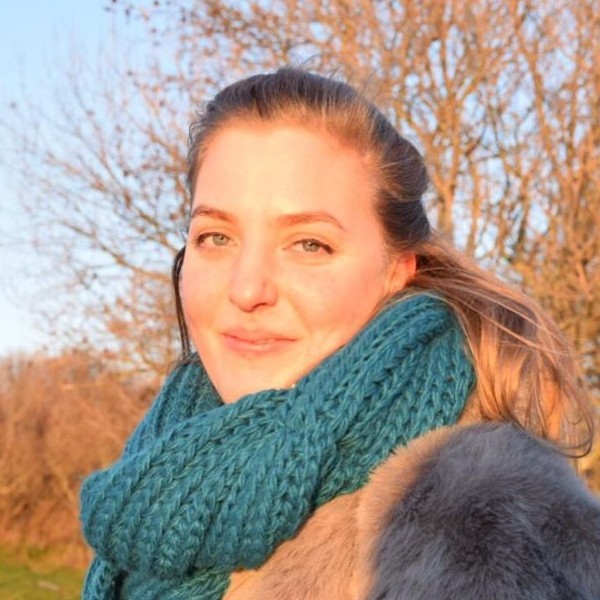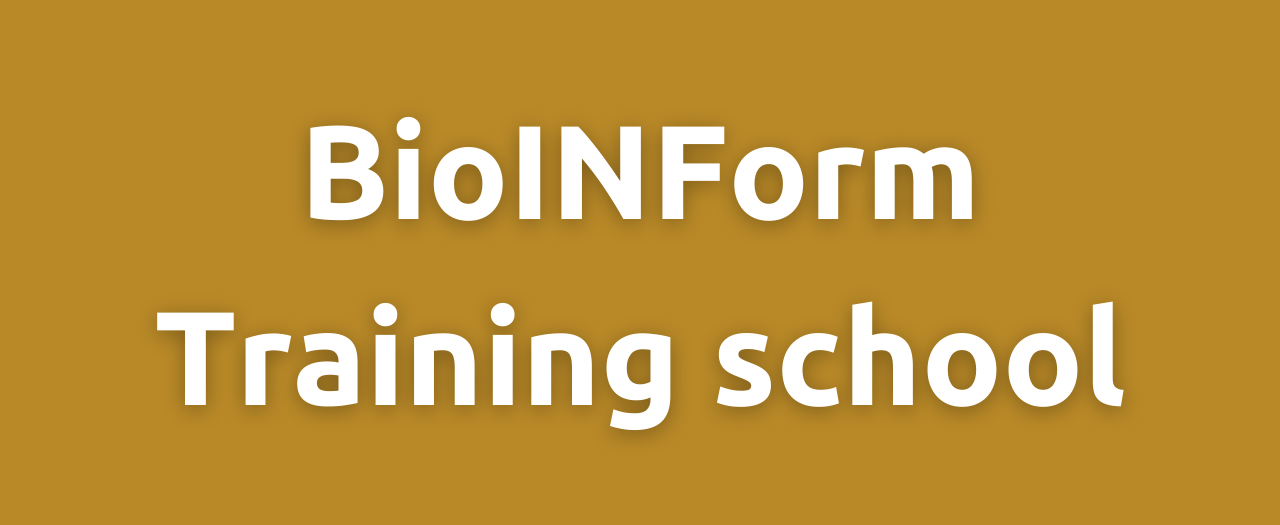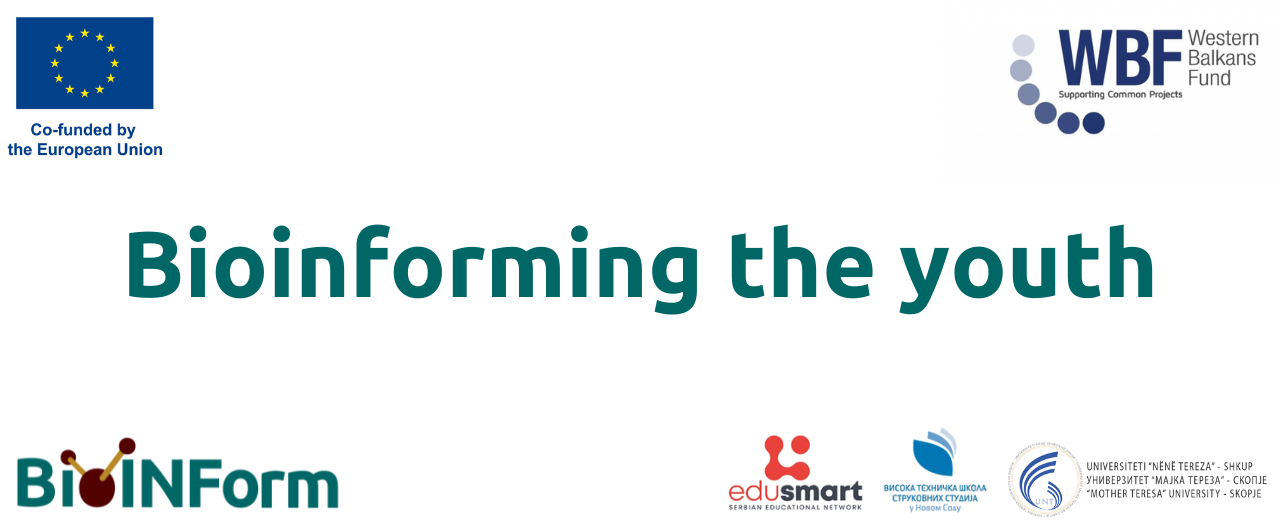Second bioinformatics training school held in Montenegro
Our second free-of-charge training school in bioinformatics, “Bioinforming 2.0”, was held from the 9th to the 13th of January 2023 in Montenegro. The event took place in Herceg Novi on the premises of JUSMŠ “Ivan Goran Kovačić”.
We offered free-access training in bioinformatics, a fast-growing field, facilitating young students’ future choice of higher education studies.
Participants
A total of 18 high school students participated in our training school. Out of those 18, 8 followed the sessions in-person, while 10 students participated online.
In-person sessions were held in the informatics classroom of JUSMŠ “Ivan Goran Kovačić”. Every in-person participant had a desktop computer and a flash drive with all the necessary software at his/her disposal. Lunch and refreshments were provided for all in-person participants (8) and trainers (2). Additionally, in-person participants not residing in Herceg Novi (6) were supplied with accommodation and dinner close to the teaching site.
To give the online students the chance to interact and feel part of the training school, we set up an online environment in Gather Town. In the virtual lecture room, the students were able to see the trainer’s screen and have contact with the students in the classroom via a separate camera. Additionally, a game room and a “lounge” room were set up so the students also had the opportunity to relax and socialize with each other. Flash drives with all the necessary software were delivered to the online participants beforehand via courier services.
Educational content
In this training school, we wanted to give an overview and introduction to the most critical topics and open questions in bioinformatics. We consider the following topics as fundaments of bioinformatics:
- Molecular biology and genetics + bash scripting;
- Molecular sequence analysis;
- Omics;
- Protein structure analysis.
These topics were covered during the first four days, while the fifth day was reserved for an optional topic. Before the training school started, the trainers had given the participants a list of different specialized topics to choose from and the most popular choice had been picked for the last day. Therefore, bio(medical) image analysis was covered.
We used a combination of theory and practicals to give the students optimal exposure to the material. The theory was covered first in the form of a lecture by one of the trainers and the practicals were usually done by the students on the computer.
This training school also focused on related career paths and Erasmus+ mobility opportunities.
Feedback
At the end of each day, the participants were asked to fill in a form where they rated how interesting and well-explained the topics were on a 5-point scale (1-worst, 5-best). Average ratings from the daily feedback are reported in the table below.
| Interesting | Well explained | |
|---|---|---|
| Day 1 | 4.06 | 4.24 |
| Day 2 | 4.58 | 4.79 |
| Day 3 | 4.40 | 4.45 |
| Day 4 | 4.31 | 4.31 |
| Day 5 | 4.59 | 4.76 |
Most importantly, through the aforementioned form the students could anonymously tell the trainers if something was not well understood (“muddiest point”). We would start the next day by re-explaining those points.
At the end, participants filled in a final survey, where they attributed an overall rating of 4.61 to this training school. Out of a total of 18, 15 students strongly agree that they would recommend this training school to their peers, while 3 students somewhat agree with that statement.
Support
This training school was supported by JUSMŠ “Ivan Goran Kovačić” (provided space and necessary equipment), Social Impact Award Montenegro and Municipality of Herceg Novi (provided funding).



